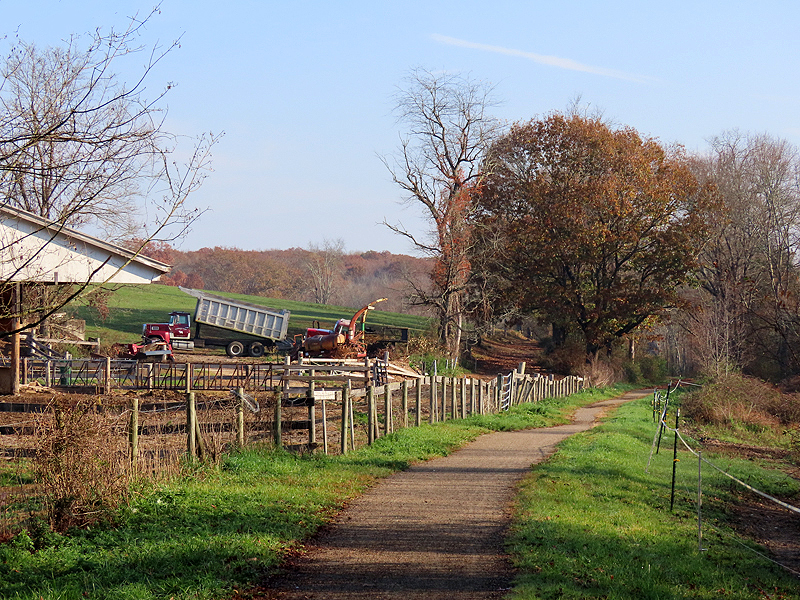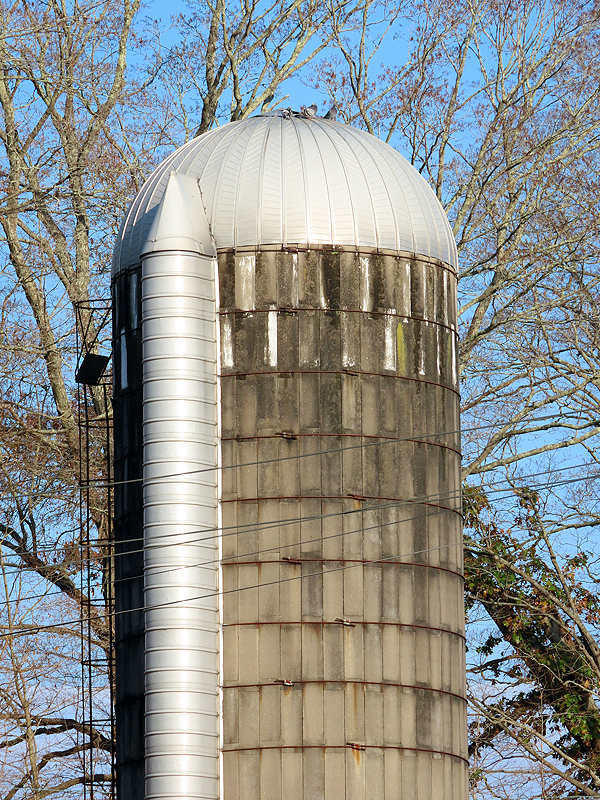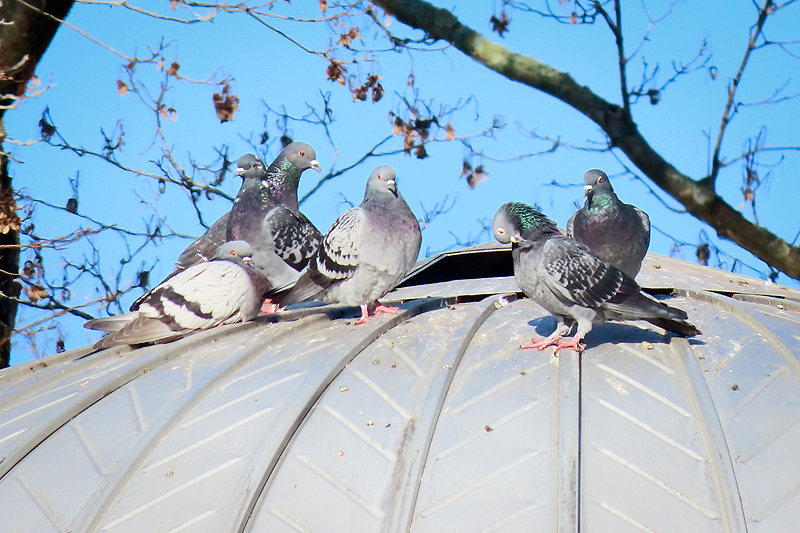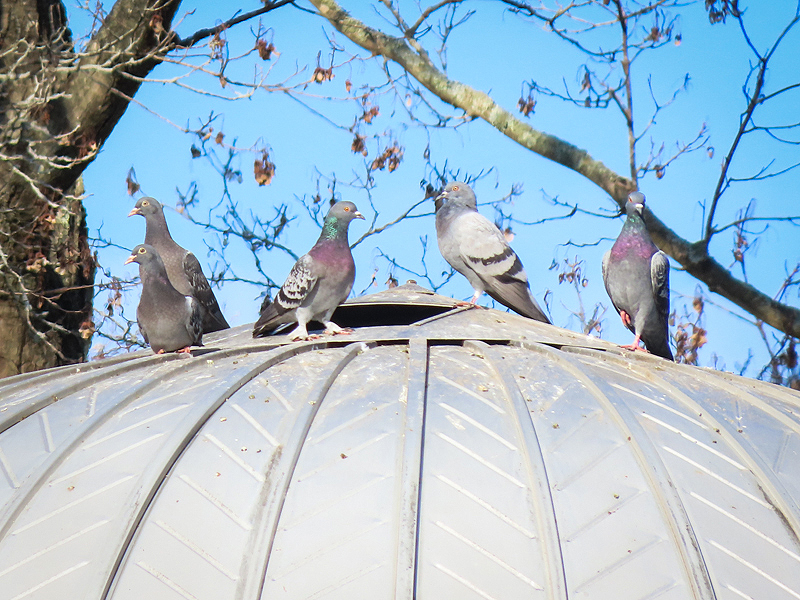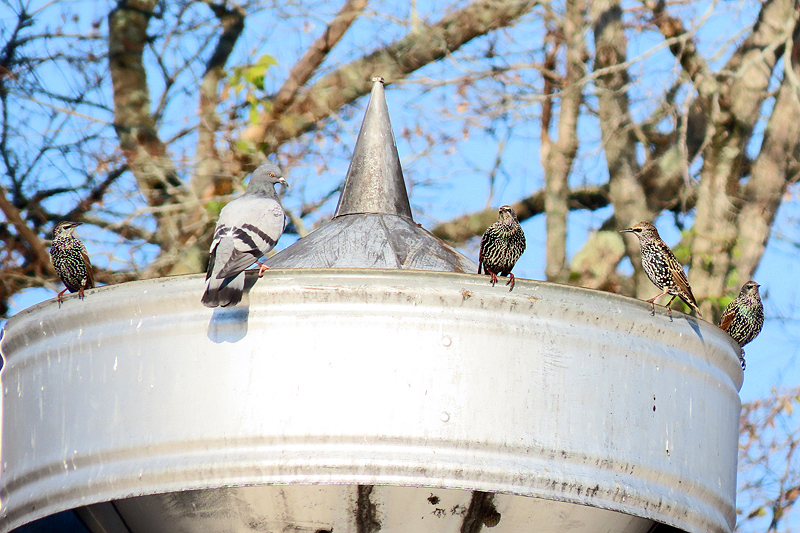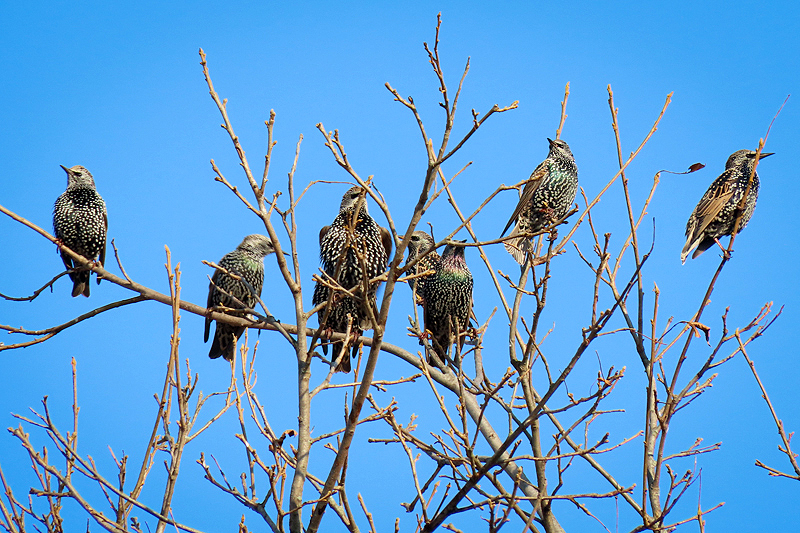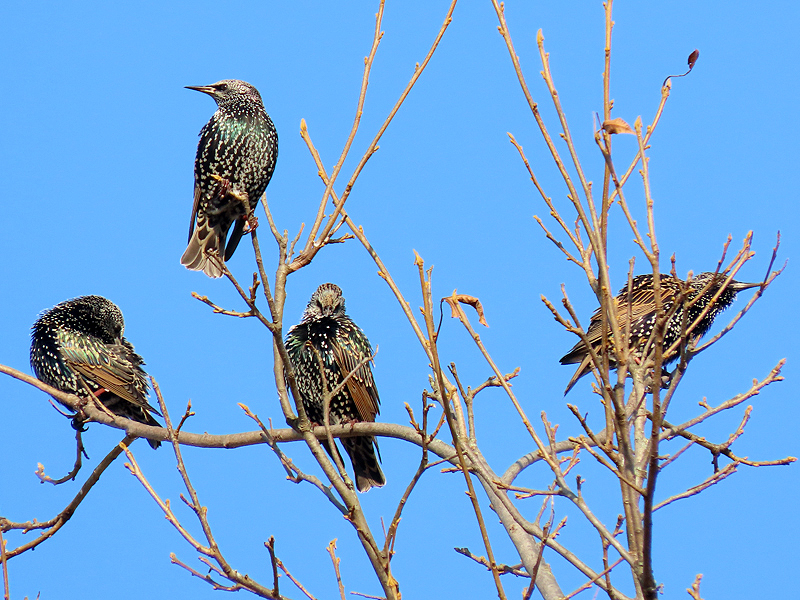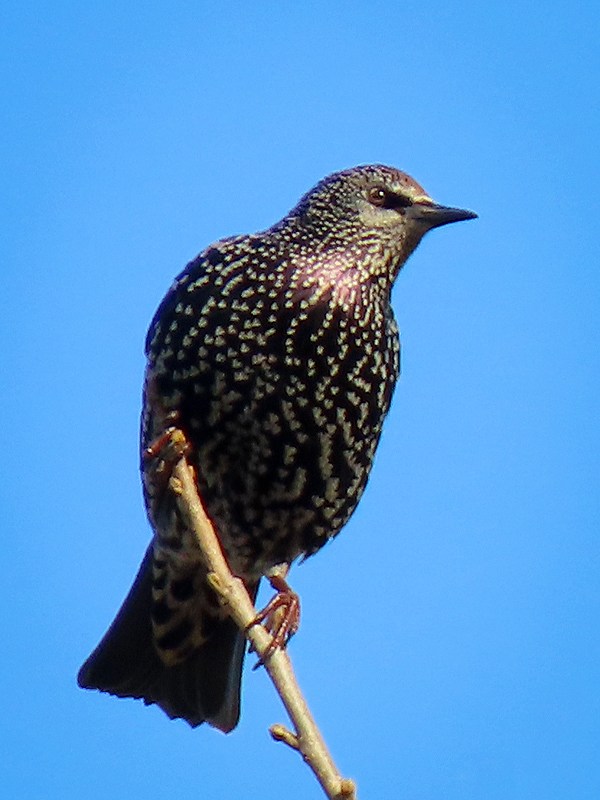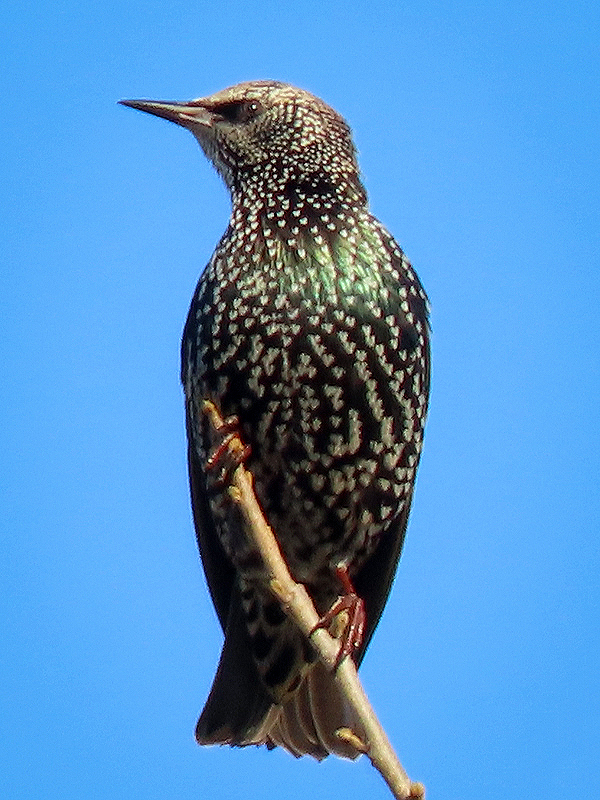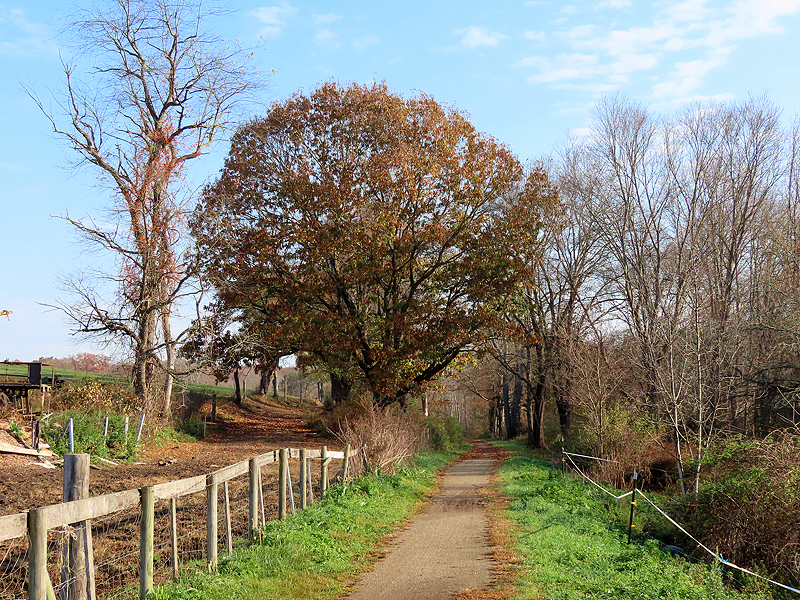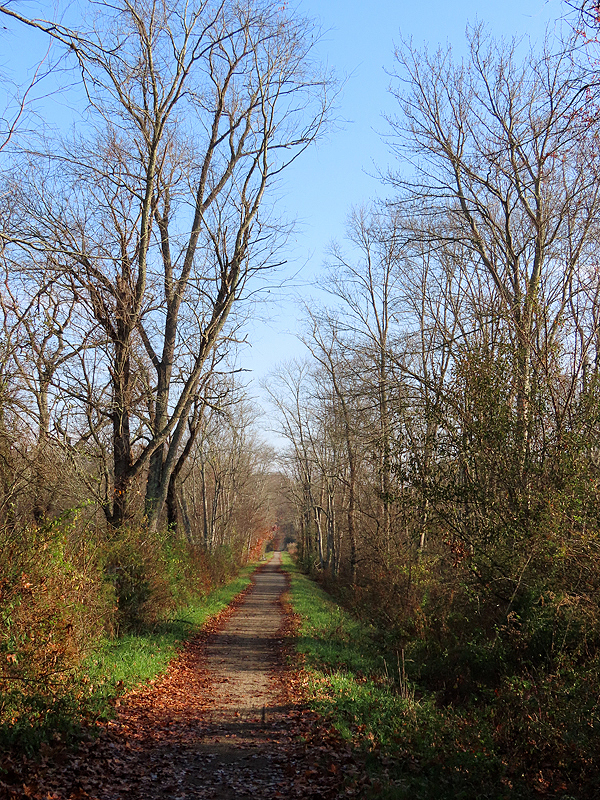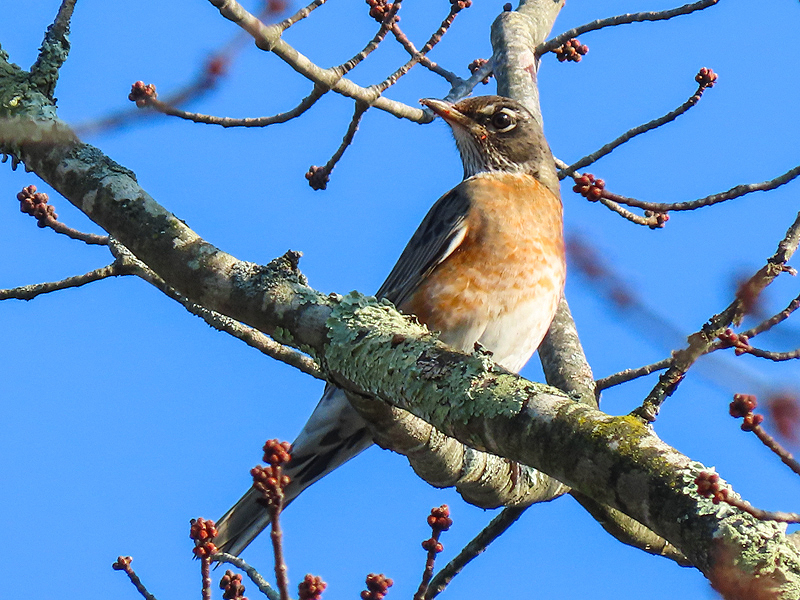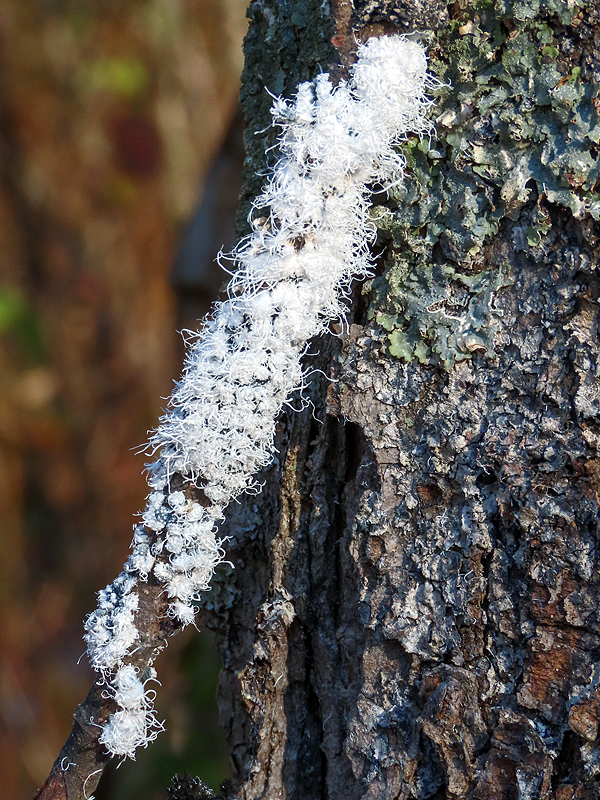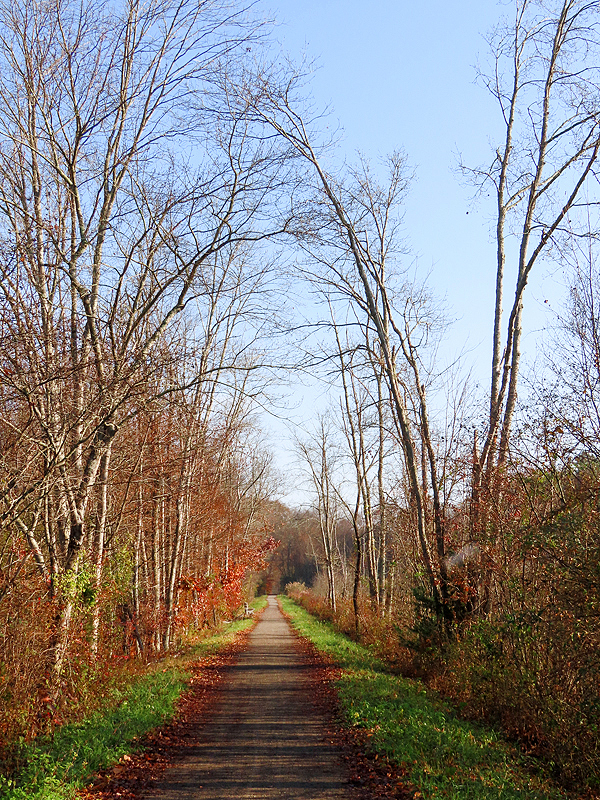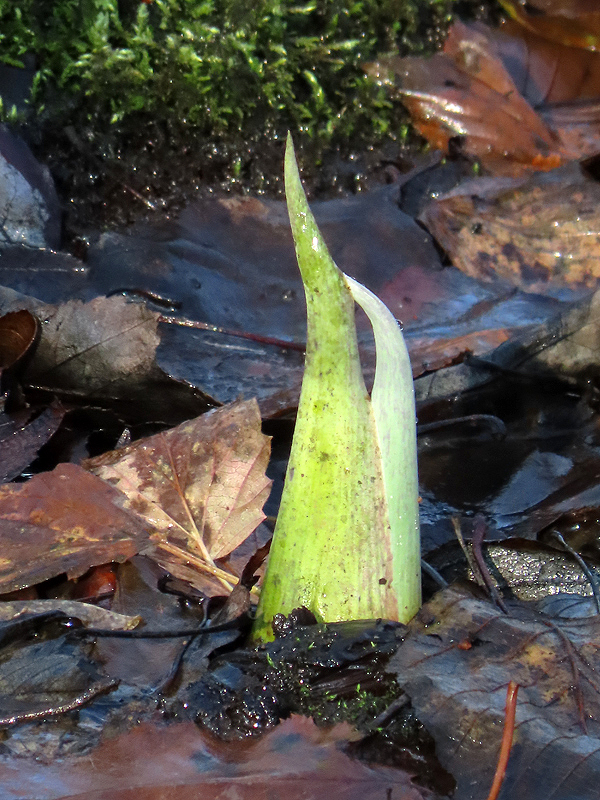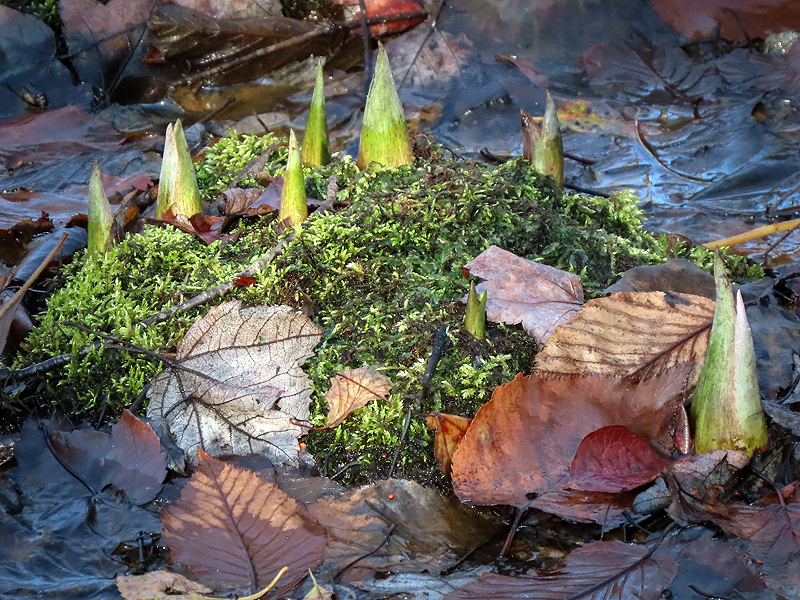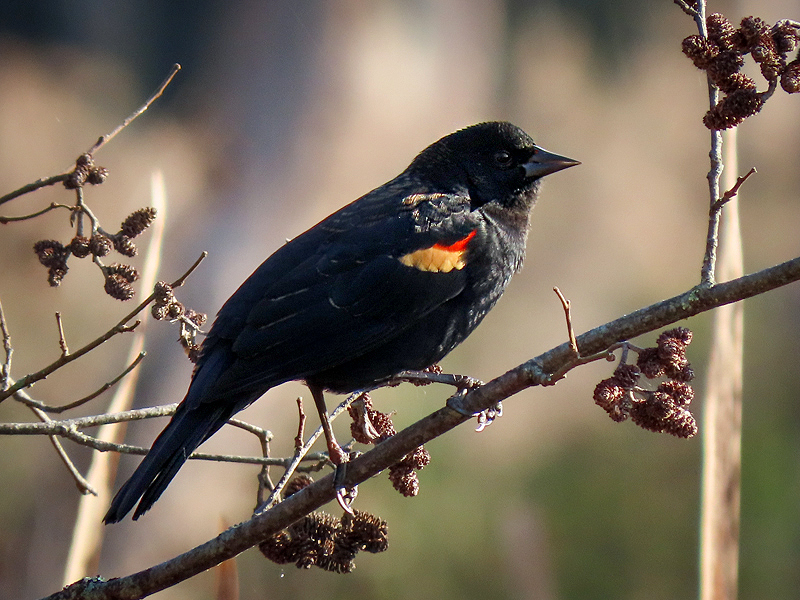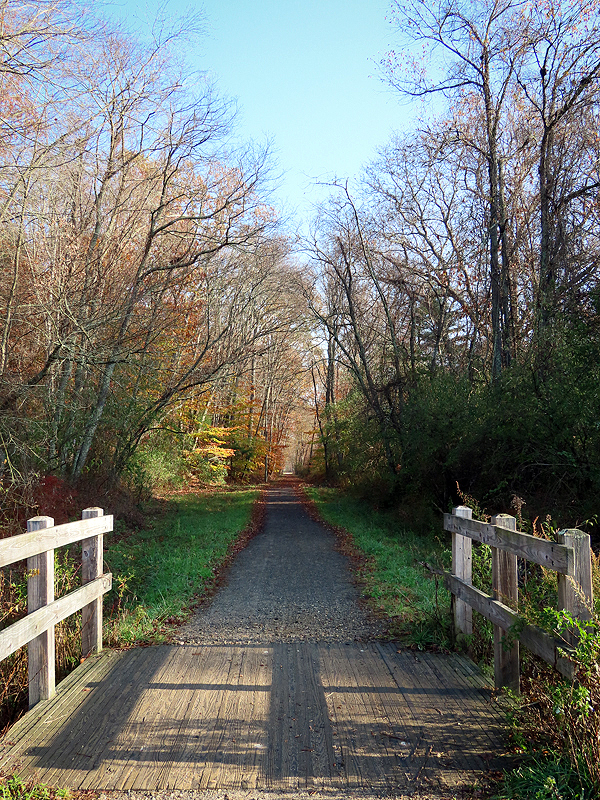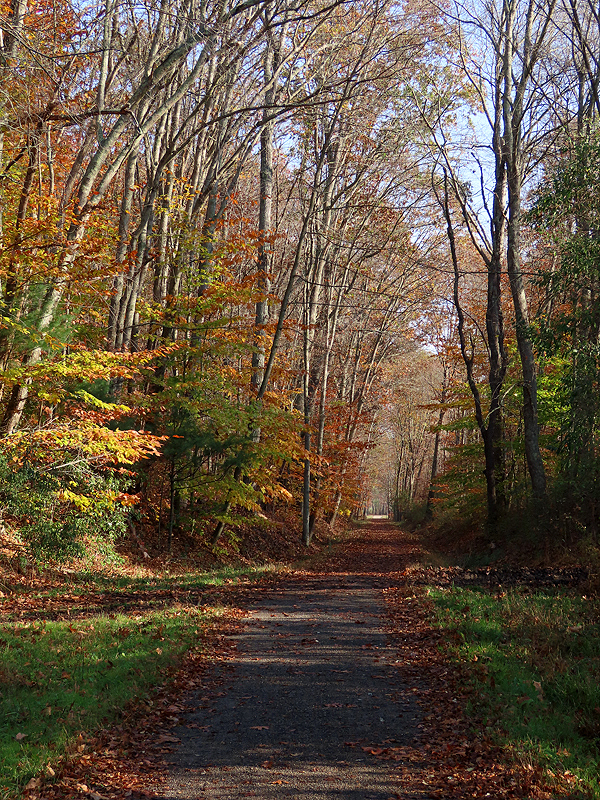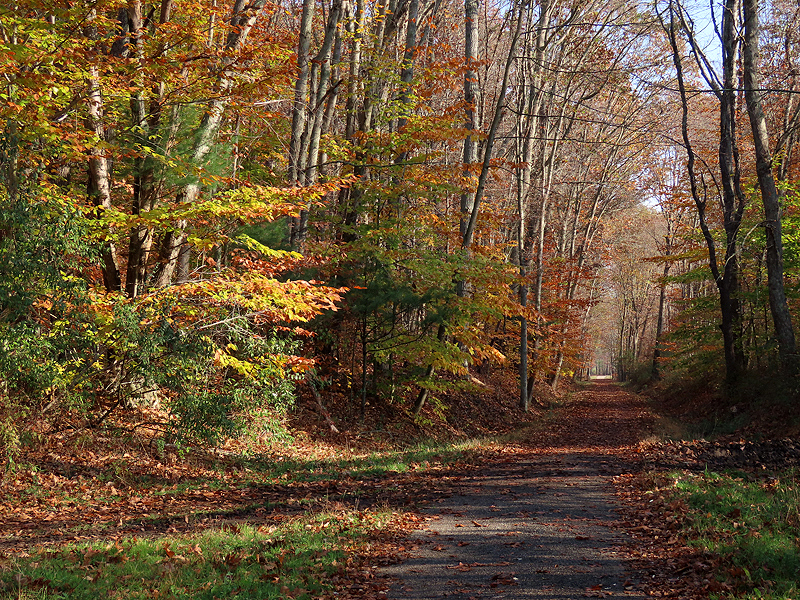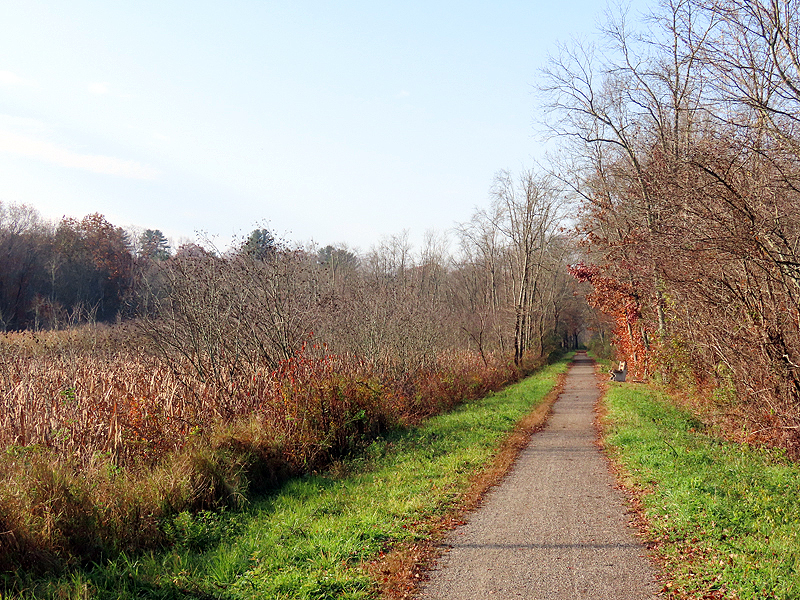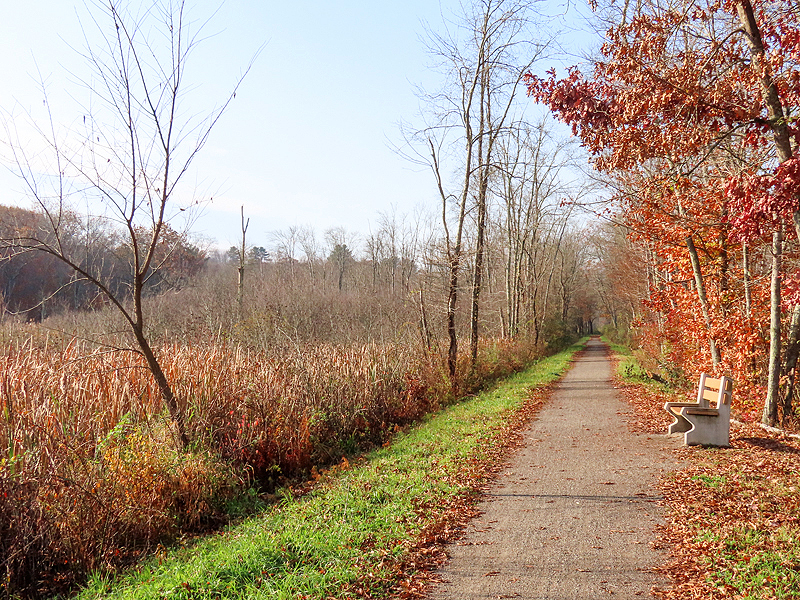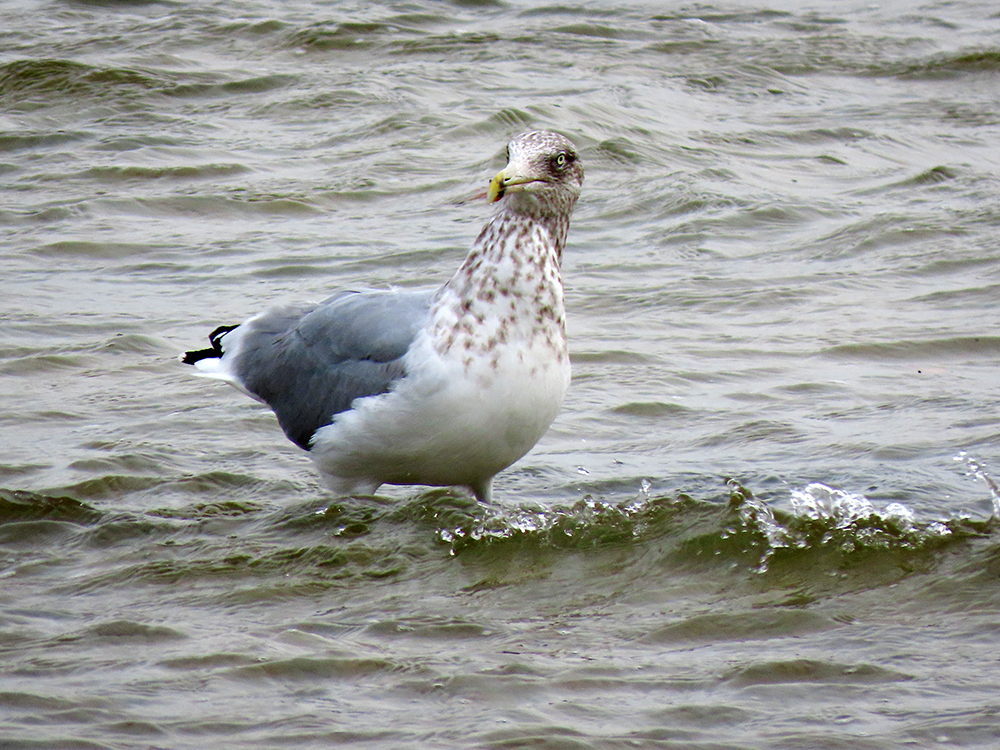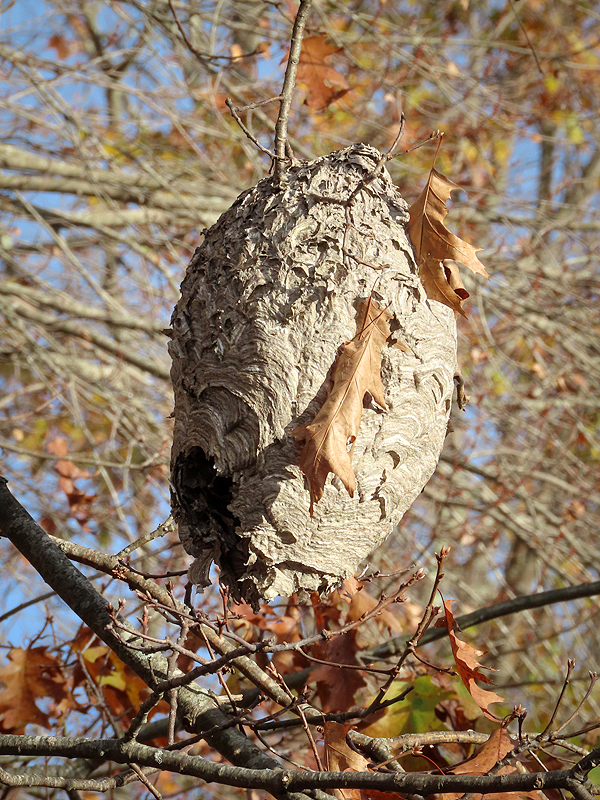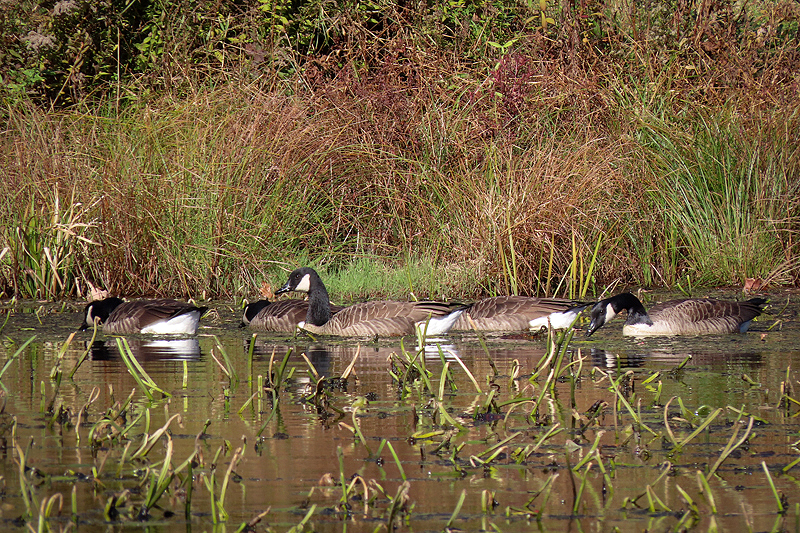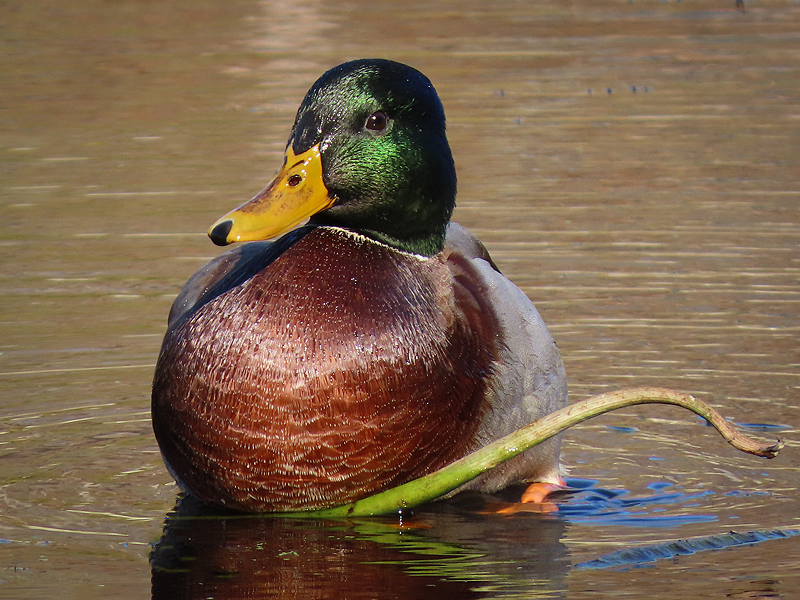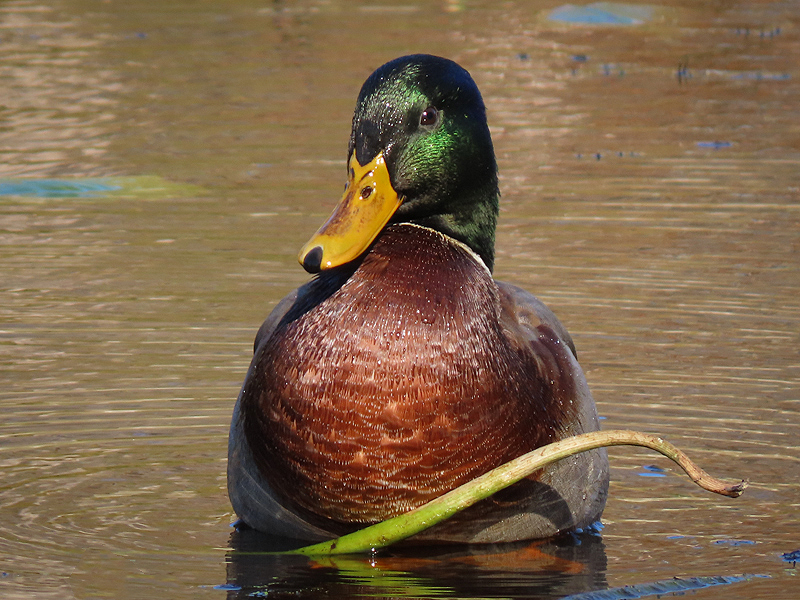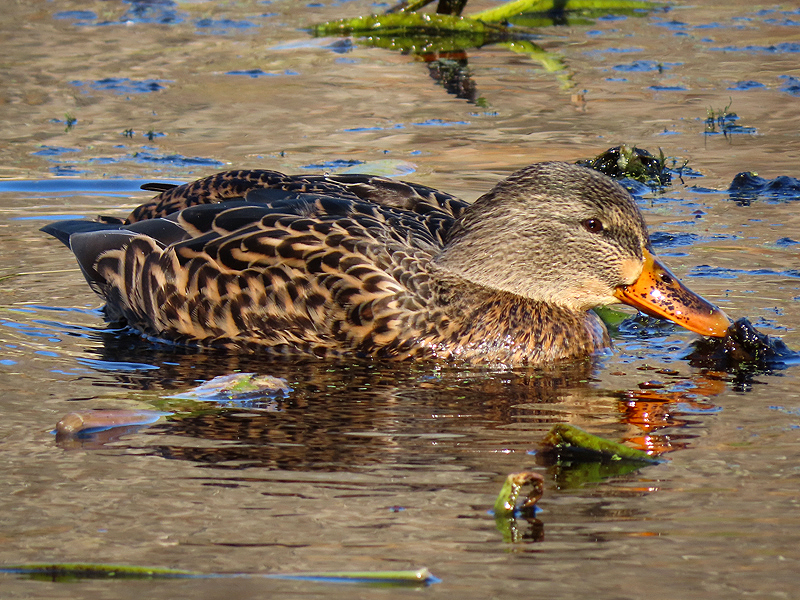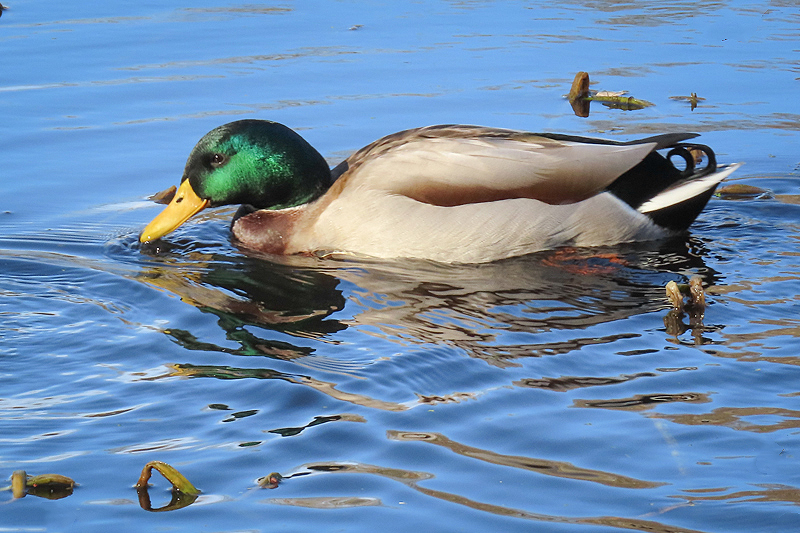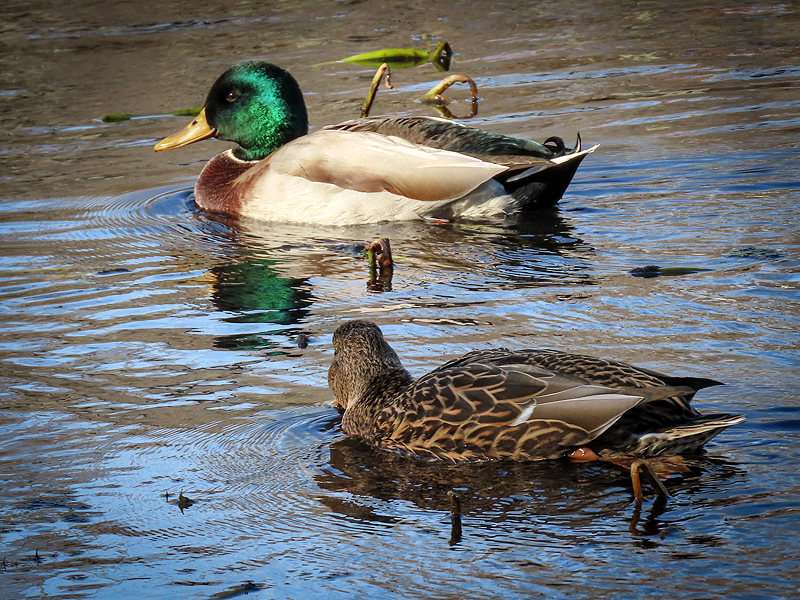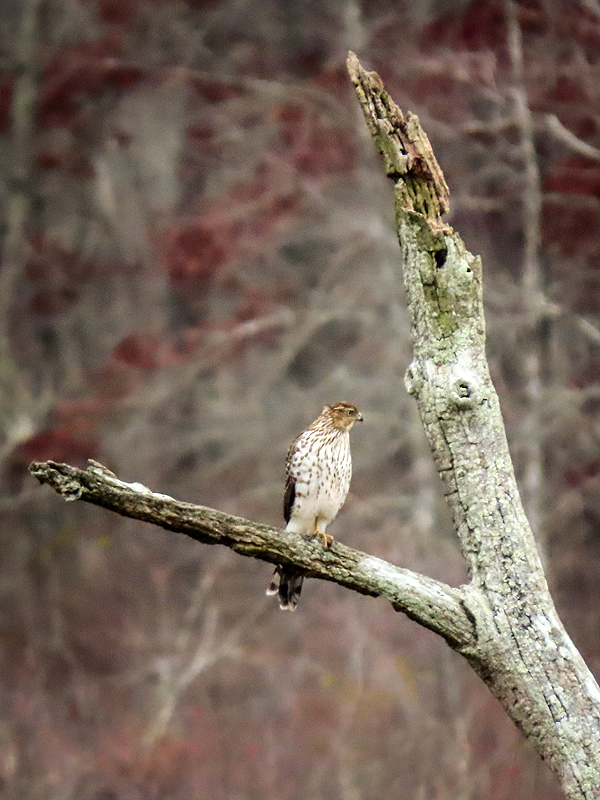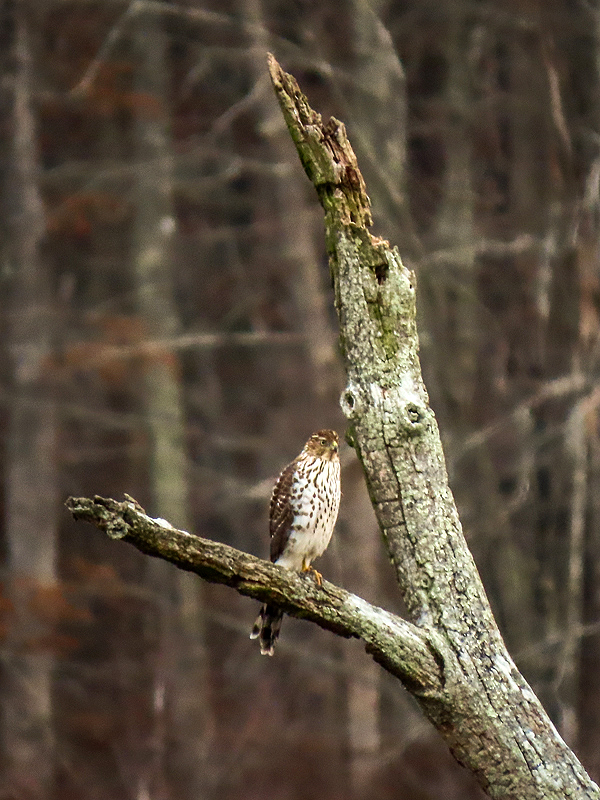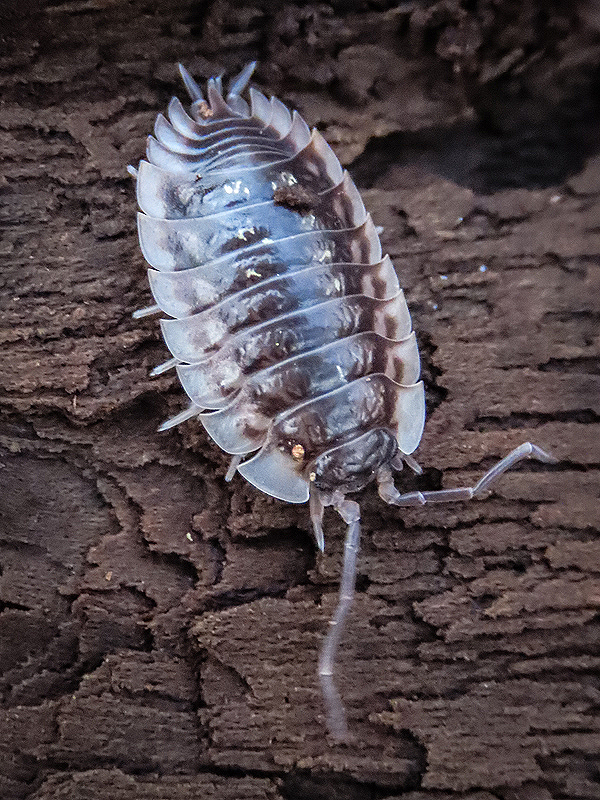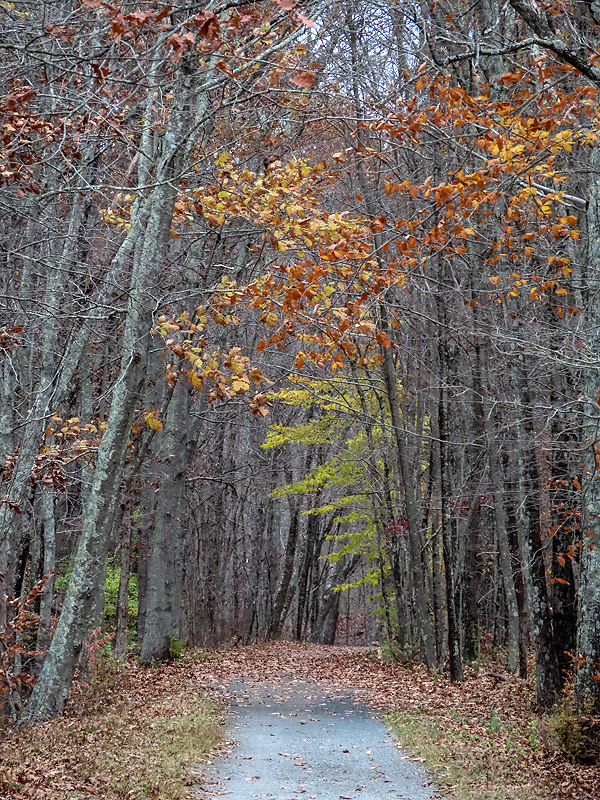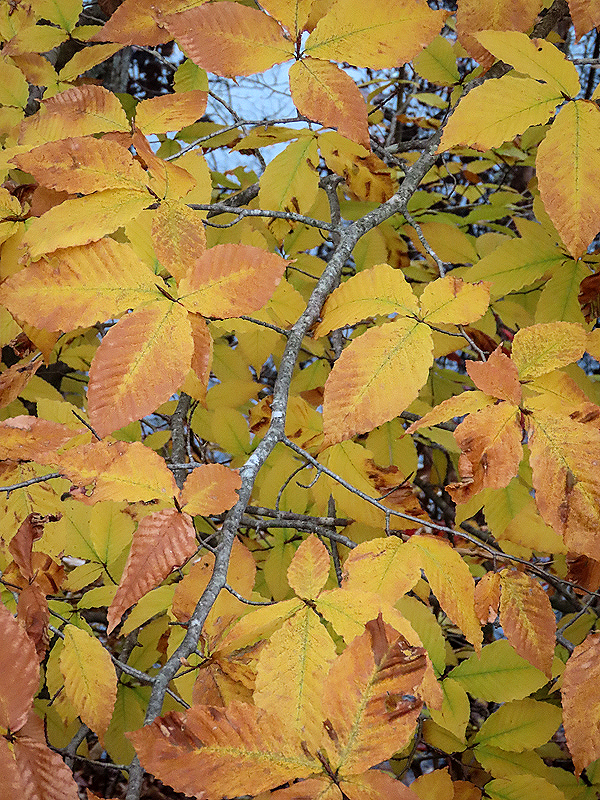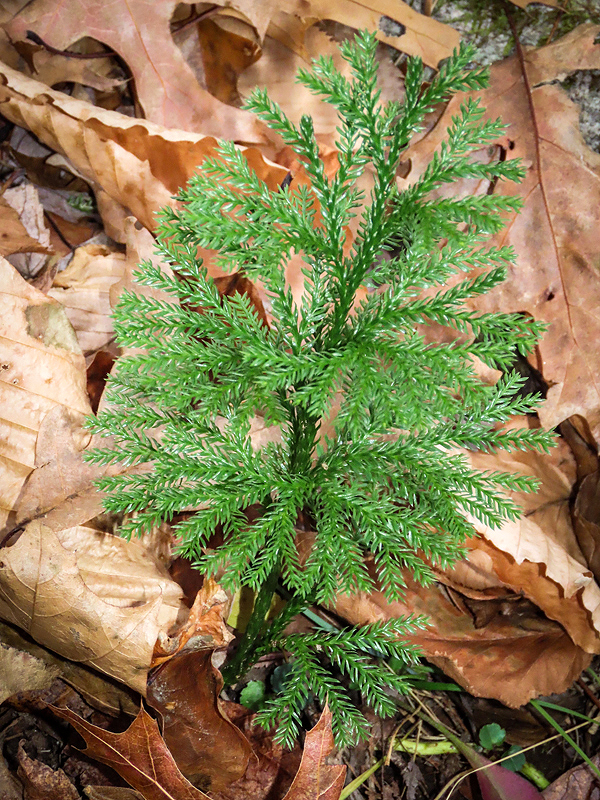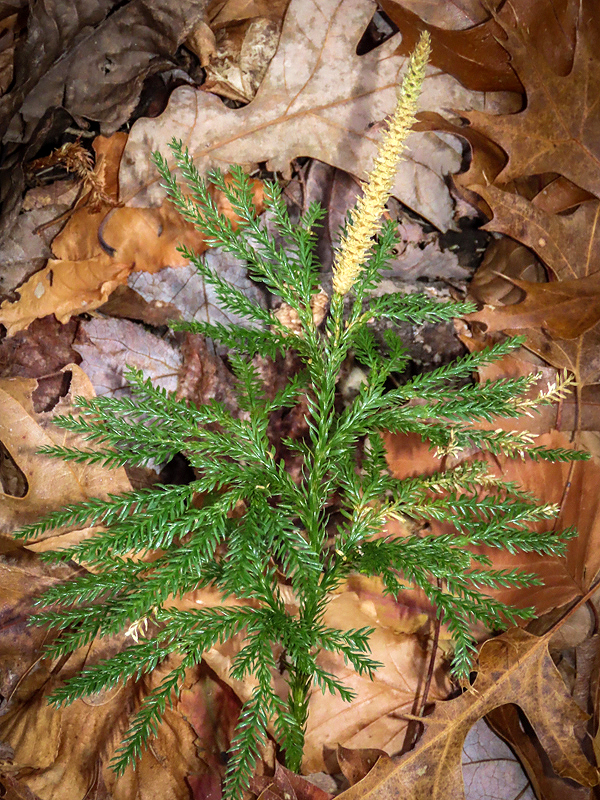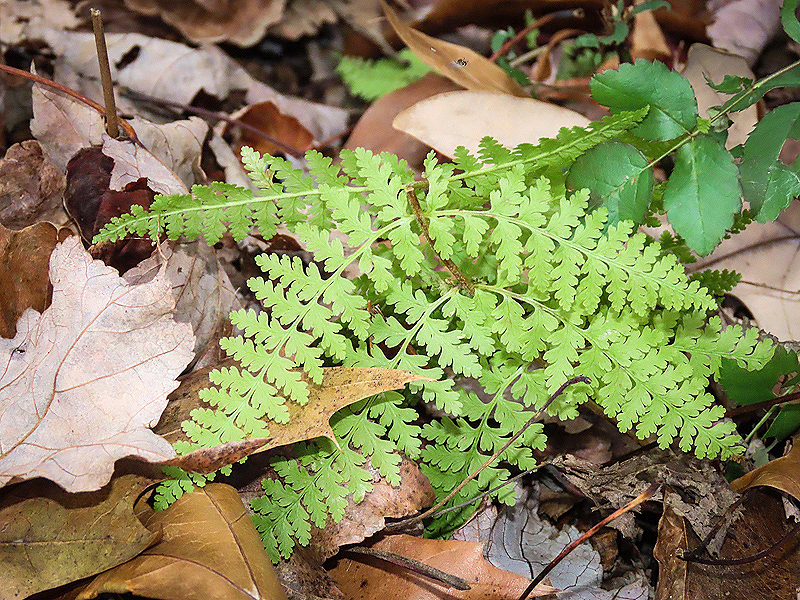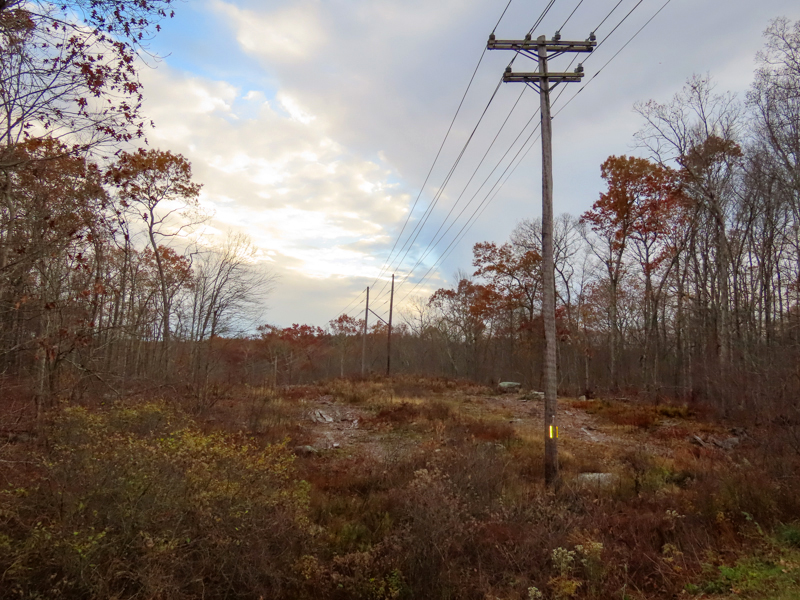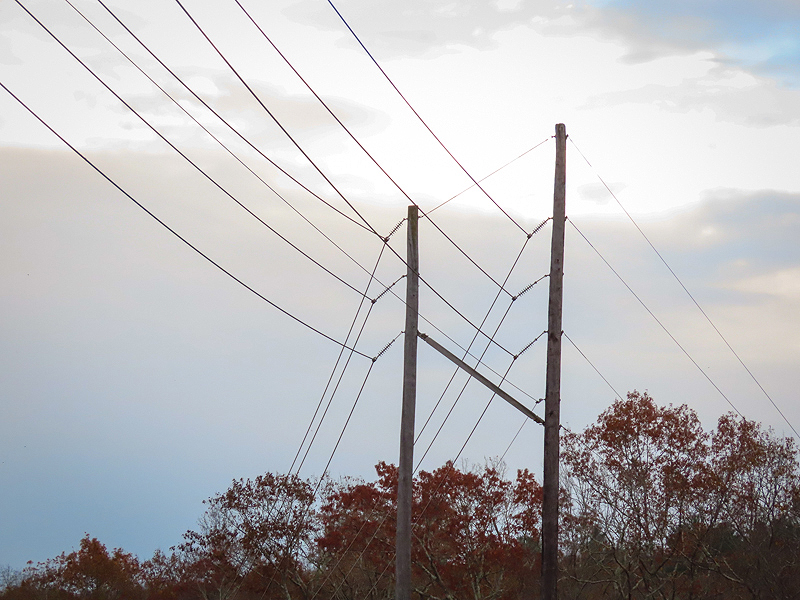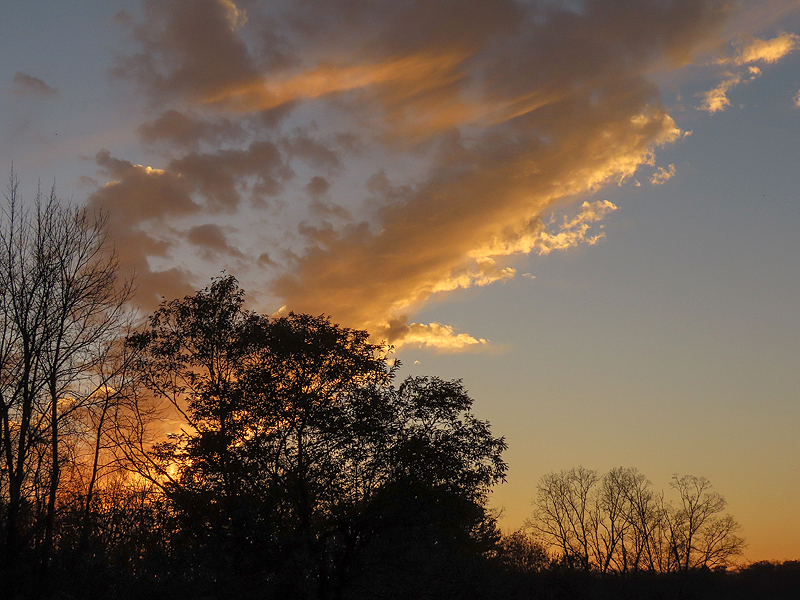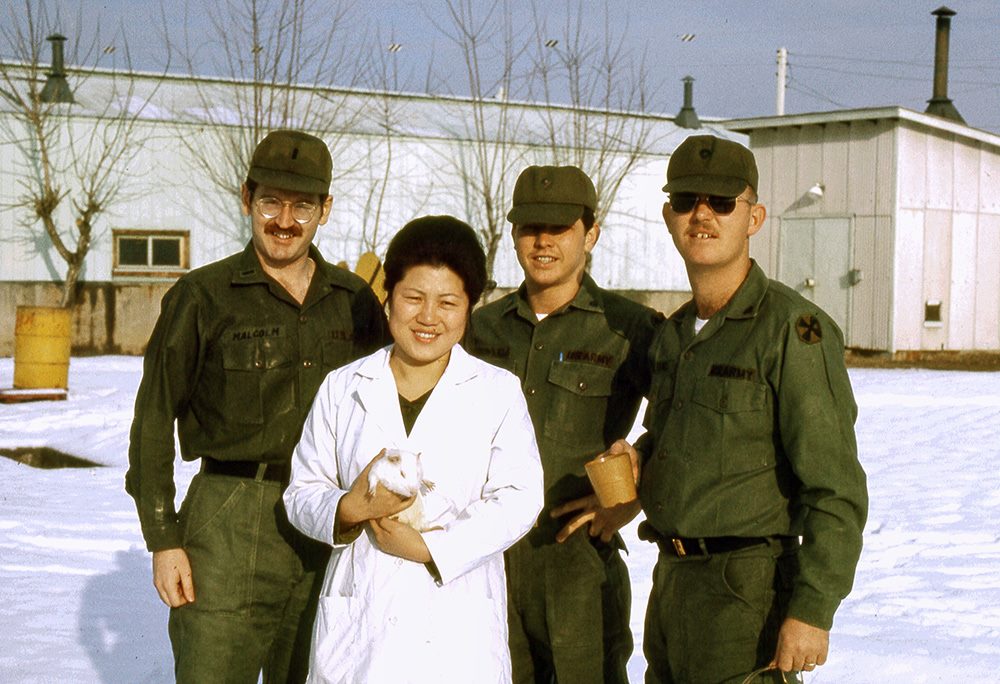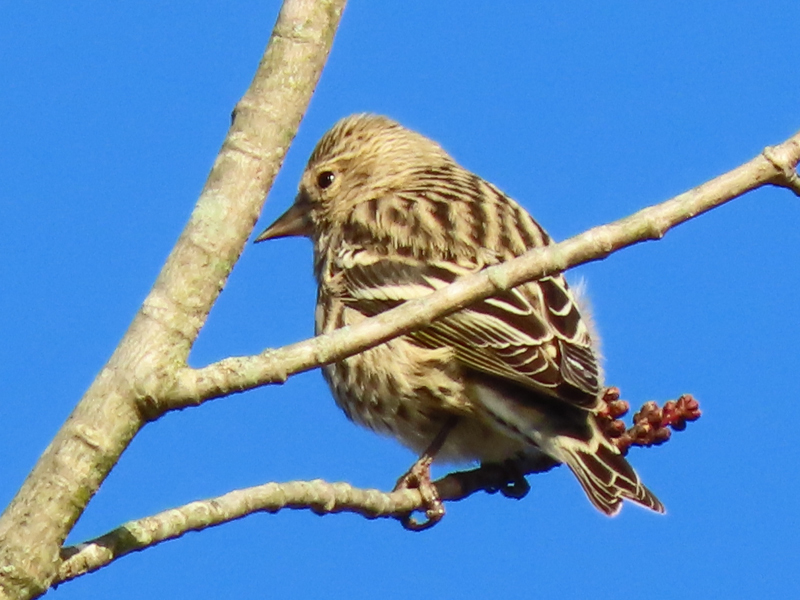Along the Air Line... 2023 - Fall, Part 9 The Air Line Trail in Eastern Connecticut - Stan Malcolm Photos |
HOME: Air Line... 2023 Pages Menu Stan's FlickR Albums |
November 5th. A walk east from Cook Hill Road in Lebanon. |
Rock Doves or Domestic Pigeons (Columba livia) gather in and around the vents atop the silo. |
|
|
A Rock Dove amid European Starlings (Sturnus vulgaris) atop a barn vent. |
More Starlings in a tree nearby. These are juveniles or non-breeding adults. |
|
|
|
|
Heading east. |
|
American Robin (Turdus migratorius). |
Woolly Alder Aphids (Paraprociphilus tessellatus) gather in fall, using their waxy tendrils as protection from frost and predators. |
The tendrils are extruded from glands on their bodies. |
Approaching the marshy section. |
Harbinger of Spring: Next year's Skunk Cabbage (Symplocarpus foetidus) will overwinter in this stage. |
|
A male Red-winged Blackbird (Agelaius phoeniceus). |
Beyond the marsh, a view over the exit stream down towards the power lines. |
|
|
Heading back west through the marsh. |
|
November 7th. A birthday "busman's holiday" trip to Rocky Neck State Park and lots of bird pictures: https://www.flickr.com/photos/stanmalcolm/albums/72177720312508007 |
November 8th. Bald-faced Hornet (Dolichovespula maculata) nest at the Route 85 trailhead. |
The bottom of the nest has been damaged but some female wasps may still be overwintering inside. |
A fraction of the Canada Geese (Branta canadensis) at Cranberry Bog today. |
|
Lots of Mallards (Anas platyrhynchos) too. |
|
|
|
|
|
|
|
November 9th. An immature Cooper's Hawk (Accipiter cooperii), probably the same one I saw on October 30th. |
|
|
|
November 10th. A walk east from Route 207 to the powerlines. Sow Bug or Pill Bug or Rolly Poly - a terrestrial Isopod found under bark of a fallen tree. |
An oak leaf still in full color. |
Heading east, not a lot of color left. |
American Beech (Fagus grandifolia) keeps its dry leaves through winter. |
Tree Clubmoss or Ground Pine (Lycopodium obscurum). |
This one with a nearly bare yellowish spore cone. |
|
My destination. |
|
Sun had just set when I got back to Route 207. |
November 11th, Veteran's Day. Remembering my service in Korea 51 years ago: https://www.performance-vision.com/Korea/index.htm |
Pine Siskin (Spinus pinus), one of several passing through the marsh. Thanks to Russ Smiley for the ID. |
